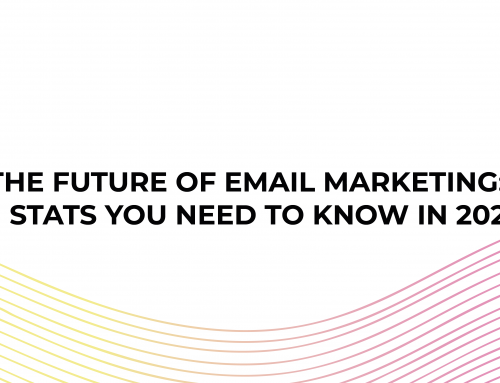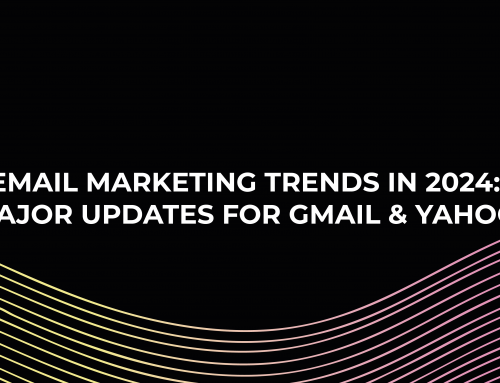It takes a lot of effort to create excellent sales email templates. You must be interesting enough to capture readers’ attention, compelling enough to keep their attention long enough for them to read your full pitch, and considerate enough to seem to have their best interests at heart. And you have to accomplish it all in a few phrases.
Doesn’t it seem complicated? It doesn’t have to be that way.
Most salespeople make a mistake by sending overly lengthy emails, being too self-centred, and providing little or no value to the reader. This guide will teach you to create sales emails that produce results, develop pipelines, and eventually clinch transactions.
How to Write the Perfect Sales Email
Here’s a basic four-line framework for your sales emails you can apply to your email marketing strategy.
1) Opening Line
Address recipients by name, describe the purpose of the email, and, most important, make it about them rather than about you. Here are some examples you may use:
- I noticed you …
- [Mutual connection] mentioned …
- I saw that we both …
- I loved your post on …
- Congratulations on …
2) The Offer Line
At the same time, highlight a pain area and do your best to personalise it to their circumstance. The offer line is also an excellent place to provide evidence and social proof in data, case studies, and unique content.
To link the research, you’ve done with your prospect’s objectives, ask questions that align with the research you’ve done. Following are some examples:
- How would you hope to expand your plan, if at all?
- Is [benefit to them] a current priority for you?
- Do you have any unresolved queries about [topic]?
- Are you looking for a lifestyle business or global dominance?
- Is this how it’s always been?
- What would you do if you were in my shoes?
- Was this all your idea?
3) Closing Line
Finish with a brief and straightforward call to action that may be replied with a simple “yes” or “no.” That no-friction request increases the likelihood of a response.
To elicit a decisive answer, try concluding with one of the following questions:
- Do you have time on your schedule to talk about it?
- Have you given the proposition any further thought?
- Do you have 10 minutes tomorrow to catch up?
- Is it appropriate for us to talk? If not, who is the best person to speak with?
- Do you have any other questions that I can answer?
- Are you free for a 30-minute phone chat on [day and time]?
- Please let me know whether [business objective] is a priority for you right now or in the future.
4) Signature Line
Reframe your thinking by considering your email signature a personal high-converting landing page. It should include the fundamentals, such as name, business, and contact information, and think what more you can have, such as social proof, prizes, connections to relevant material, and anything else that demonstrates credibility and establishes rapport.
Observe the following email signature guidelines:
- Keep it brief, straightforward, professional, and on-brand.
- Include your phone number in case someone needs to reach you.
- Include a link to your preferred online profile, such as LinkedIn or Facebook, so that recipients may interact with you.
- You should avoid images and quotations at all costs.




